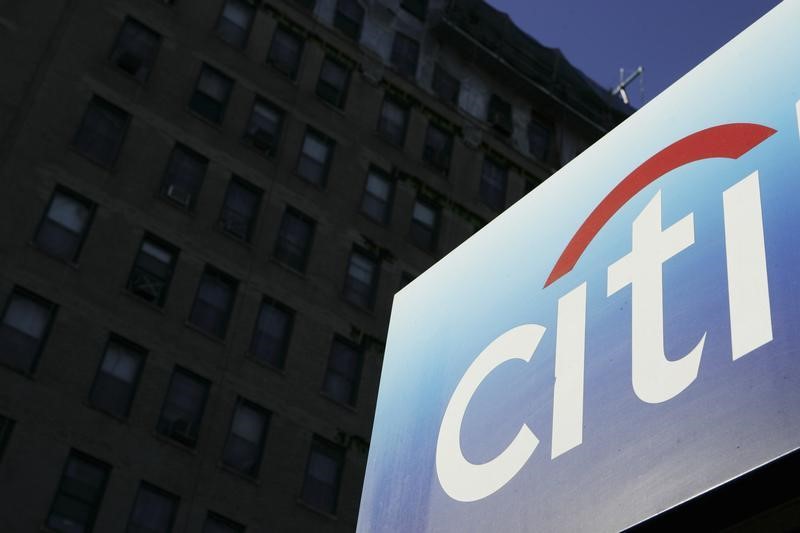© Reuters. People attend the signing ceremony of the first batch of companies on STAR Market, China’s new Nasdaq-style tech board, at Shanghai Stock Exchange (SSE) in Shanghai, China July 21, 2019. Picture taken July 21, 2019. REUTERS/Stringer/FILE PHOTO
By Scott Murdoch and Yantoultra Ngui
SYDNEY/SINGAPORE (Reuters) – Asia’s dealmakers are counting on a pause in rate hikes globally and an economic rebound in China to rekindle activity in the region’s equity capital markets, after volumes in the first half of the year sank to their lowest in four years.
First-half Asia Pacific equity capital markets volumes dropped 16% to $117.2 billion from the same period in 2022, including a 34% drop in initial public offerings (IPOs) to $34.3 billion, Refinitiv data showed.
Flatlining activity has prompted some banks like Goldman Sachs (NYSE:) to start laying off staff across nearly all major investment banking divisions.
“For investor sentiment to return for IPOs we need to see a more stable interest rate environment in the U.S., more economic stimulus from China and an improving geopolitical backdrop,” said Cathy Zhang, head of Asia Pacific equity capital markets at Morgan Stanley (NYSE:).
On global league tables, China now holds the top two spots for IPOs. Companies listing on Shanghai’s STAR Market raised $10.1 billion in the first half, nearly double the proceeds of New York deals, while companies debuting on Shenzhen’s ChiNext market raised $8.1 billion.
Hong Kong, traditionally known as a major global listing venue, raised just $1.9 billion in the first half, while Indonesia emerged as a rare bright spot in the region with $1.6 billion in new share sales.
Despite the ongoing downturn, bankers are betting on stabilisation of interest rates globally and a Chinese economic rebound spurred by stimulus measures to boost deal activity in the next six months.
“We are hoping to see more IPO activity in the second half and starting to see some green shoots in the U.S. and Europe,” said Udhay Furtado, Citigroup (NYSE:)’s co-head of Asia equity capital markets.
“Monetary policy is the number one (macro) driver (to support issuance conditions). It impacts sentiment, it impacts volatility and valuations. In aggregate that is the biggest factor.”
As bankers scan their pipeline of IPO candidates for the second half, larger transactions in the region are being favoured to help kick-start activity.
“The first IPOs that will attract broad global investor attention will be larger companies that have scale, strong earnings and will have a liquid after-market,” said Sunil Dhupelia, JPMorgan (NYSE:)’s co-head of Asia equity capital markets ex-Japan, adding consumer, clean energy and sectors linked to China’s reopening deals would be a key focus.
In terms of potential big deals, China’s JD (NASDAQ:).com has filed to spin off units JD Industrial and JD Property, each to raise $1 billion in Hong Kong deals this year.
Similarly, Alibaba (NYSE:) Group has said it would separate six business units that would also look to carry out IPOs or capital raisings to fund future growth.
A rush of IPOS in Indonesia worth $1.64 billion led that market to double its share of the global new listing volumes in the first half compared to the same time last year.
Most of the deals came from miners and state-owned enterprises. Bankers expect there will be more in the second half in Southeast Asia from the likes of Indonesia’s Pertamina Hulu Energi’s planned $1.4 billion IPO and Amman Mineral Internasional’s expected $880 million float.
“We understand there are still several potential listings in the works in the region which should bolster new issuances raised,” said Edmund Leong, Head of Group Investment Banking, UOB.
Read the full article here













